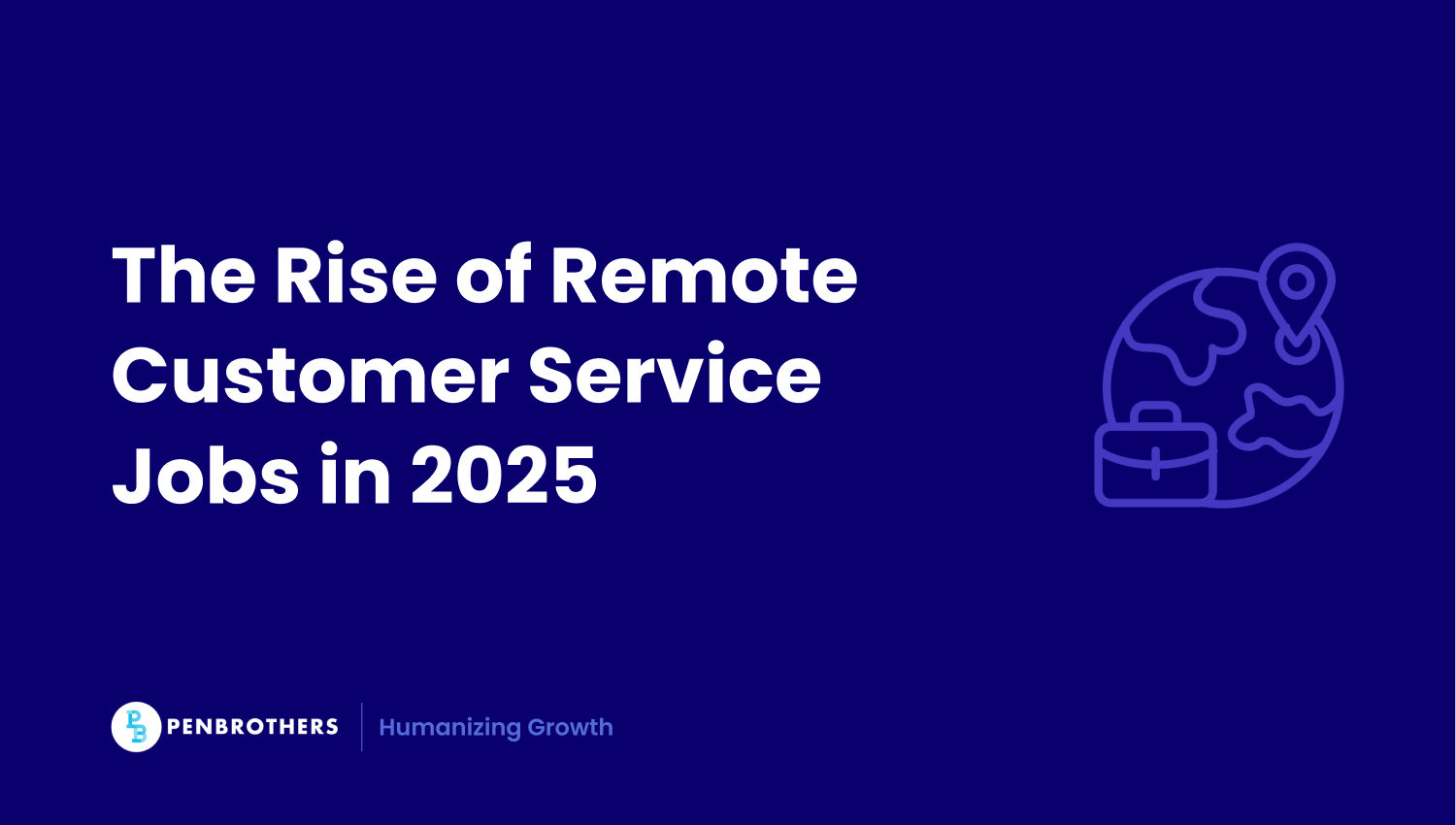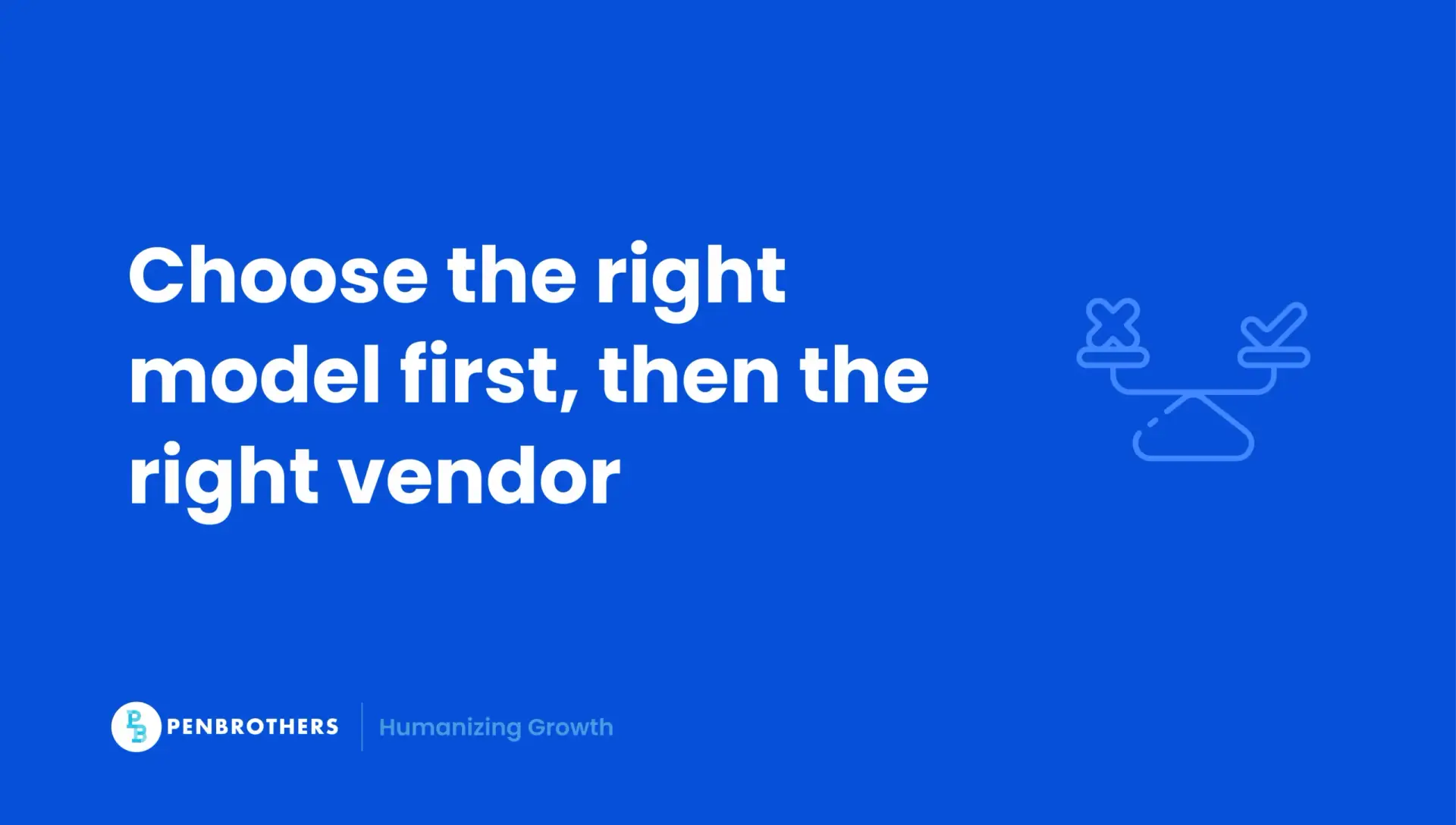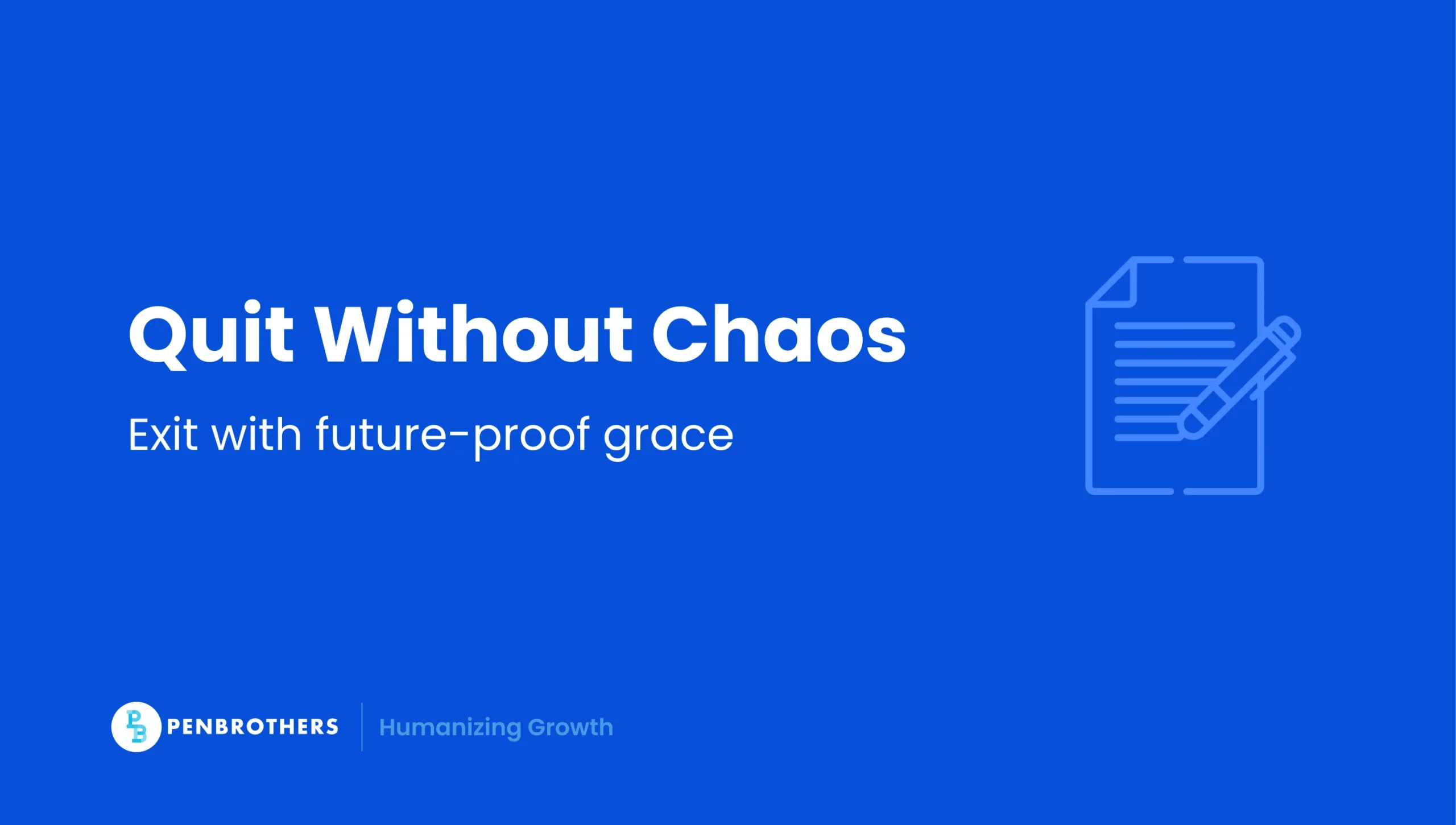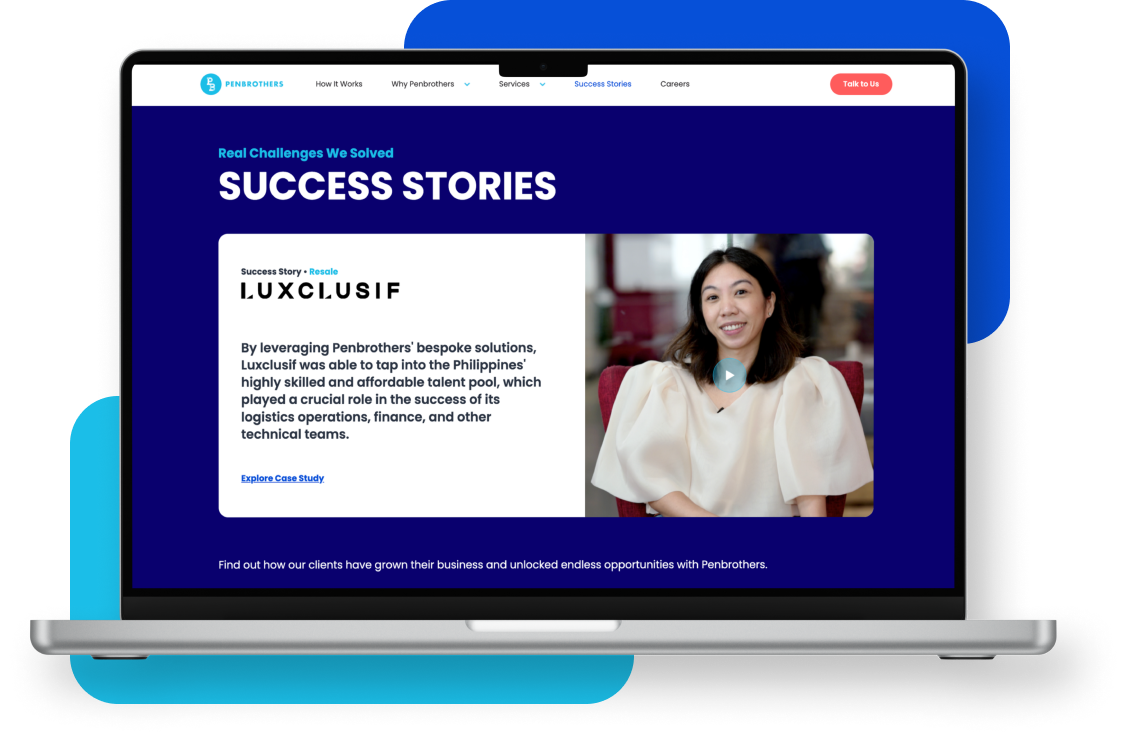What's Inside?
Mock Interview: Preparation, Tips with Examples
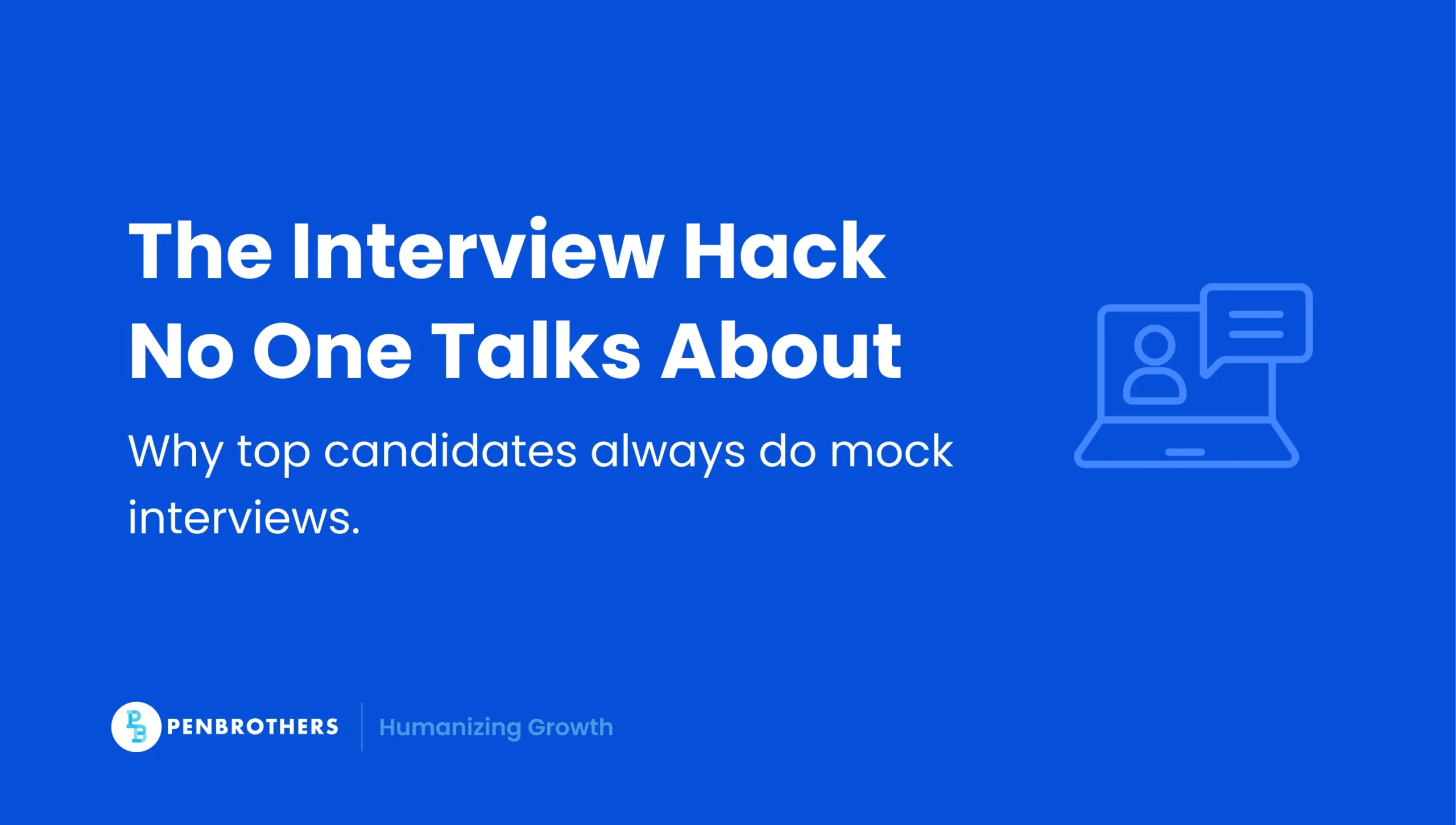
Many job seekers focus solely on memorizing answers, but the real key to interview success is strategy. Mock interviews help refine your responses while also sharpening your ability to think like a hiring manager. This shift in perspective helps you understand what recruiters truly look for beyond just the words you say.
In this guide, you’ll learn how to prepare effectively, practice with industry-specific questions, and leverage expert-backed techniques. By the end, you’ll have real-world examples and strategies that position you ahead of other candidates.
Key Takeaways
- A Strategic Tool, Not Just a Rehearsal: A mock interview is more than just practicing answers; it is a strategic tool that helps you learn to think like a hiring manager, analyze your delivery and non-verbal cues, and control the narrative of the conversation to your advantage.
- Use the CAR Method for More Impactful Storytelling: Instead of the more common STAR method, the article recommends using the CAR (Challenge, Action, Result) framework to structure your answers. This approach is highly effective at highlighting your problem-solving skills and demonstrating your measurable impact on business outcomes.
- Show Your Impact, Don’t Just List Your Responsibilities: One of the most critical mistakes candidates make is simply reciting the duties listed on their résumé. A successful interview performance requires you to move beyond your responsibilities and provide proof of your impact, using concrete, data-backed examples of the results you have driven.
- Prepare for Industry-Specific, Situational Questions: Generic interview practice is not sufficient. To stand out, you should prepare for and practice answering industry-specific situational questions that are relevant to the actual challenges and scenarios you would face in the role.
How to Prepare for Your Interview the Right Way
A common mistake candidates make is rehearsing answers without experiencing real interview pressure. The key to an effective practice interview is recreating a professional setting where you can practice under realistic conditions.
- Set Up a Realistic Interview Environment: Time your responses, wear professional attire, and conduct the session in a quiet space to mimic an actual interview.
- Choose the Right Mock Interviewer: Get feedback from AI tools, mentors, peers, or former hiring managers.
- Analyze Non-Verbal Cues: Your body language, tone, and facial expressions convey confidence or hesitation. Record yourself and adjust accordingly.
This practice interview should push you out of your comfort zone. Treat it like the real thing, and you’ll gain critical insights into what needs improvement.
What Hiring Managers Are Actually Evaluating
Many candidates assume interviews are just about answering questions correctly. In reality, hiring managers assess much more.
- Leadership Potential: Employers evaluate your presence, confidence, and ability to articulate ideas clearly.
- Hidden Red Flags: Recruiters look for inconsistencies, lack of enthusiasm, or an inability to align with company goals.
Your ability to connect your skills to business impact in a natural, engaging way makes all the difference.
Industry-Specific Interview Questions & Answers
Generic practice won’t cut it. Industry-specific questions allow you to prepare for real-world scenarios and expectations.
Technology & Engineering
Question: Tell me about a time when a system failure or security vulnerability exposed a major risk. How did you handle it?
Challenge:
A security audit uncovered a critical API vulnerability that exposed sensitive customer data, putting the company at legal and financial risk.
Action:
I immediately restricted API access, isolated affected endpoints, and coordinated with the security team to deploy an emergency patch. Simultaneously, I conducted a forensic analysis to assess potential data exposure and notified legal and compliance teams to manage liability.
Result:
The issue was contained within two hours, preventing data leaks. The fix led to a complete overhaul of our security protocols, reducing future vulnerabilities by 70%.
Finance & Accounting
Question: Describe a time when a financial model you created failed to predict an important risk. What went wrong, and how did you correct it?
Challenge:
A forecasting model underestimated cash burn during a rapid expansion, causing a liquidity crisis that almost delayed payroll.
Action:
I quickly identified the flaws such as overly optimistic revenue projections and insufficient risk buffers. I revised the model to incorporate real-time operational expenses, adjusted revenue assumptions based on market volatility and implemented a stricter cash reserve policy.
Result:
The revised model prevented future cash flow miscalculations and ensured stable liquidity, allowing the company to continue scaling without financial instability.
Sales
Question: Tell me about a deal you lost that you should have won. What did you learn, and how would you approach it differently today?
Challenge:
A high-value prospect walked away after six months of negotiations, citing a competitor’s “better fit.”
Action:
Post-mortem analysis revealed that while we focused on product features, the competitor addressed the client’s long-term strategic goals. I revamped our sales approach to prioritize outcome-driven conversations and ROI demonstrations tailored to client pain points.
Result:
The refined strategy led to a 30% increase in deal closures within the same industry and helped recover a similar client six months later.
Marketing
Question: A marketing campaign you launched is driving traffic but not conversions. Walk me through your diagnosis process and next steps.
Challenge:
A campaign generated a 200% increase in website visits but failed to convert leads into sales.
Action:
I conducted a full-funnel analysis, identifying drop-off points. A/B testing showed that unclear calls-to-action and friction-heavy checkout processes were major blockers. I streamlined landing pages, optimized ad targeting for higher-intent users, and introduced personalized retargeting sequences.
Result:
Conversion rates improved by 45% within two months, turning traffic into revenue instead of wasted ad spending.
Customer Service
Question: A customer refuses to accept your proposed resolution, even though it follows company policy. How do you turn this around without escalating to a supervisor?
Challenge:
A frustrated customer rejected the refund policy, demanding an exception that went against company guidelines.
Action:
Instead of repeating policy restrictions, I reframed the conversation around what I could offer—alternative solutions like store credit, expedited service, or a tailored support plan. I also acknowledged their frustration while reinforcing company standards.
Result:
The customer accepted the alternative resolution, leaving them satisfied rather than escalating their complaint publicly. This approach reduced refund-related escalations by 30%.
Use the CAR Method (Challenge, Action, Result) instead of the generic STAR approach. This strategy highlights problem-solving and measurable impact more effectively.
Additionally, these interviews should include a salary negotiation component, an essential skill that can directly impact your career growth.
Bonus Section: Mastering Salary Negotiation
These interviews should include salary negotiations because failing to negotiate is leaving money on the table.
- Start high, and justify your number. Lead with a strong, data-backed salary range based on market research like the Penbrother 2025 Salary Guide and past contributions.
- Negotiate total compensation. Salary is just one part. Stock options, bonuses, benefits, and professional development funding all add value.
- Use silence strategically. Once you make your ask, don’t rush to fill the silence. Let them respond.
- Be ready to walk away. The best leverage is having alternatives. If the offer doesn’t meet your worth, be prepared to decline confidently.
Master these strategies, and you won’t just land the job. You’ll secure the compensation and influence you deserve.
The Mock Interview Strategy No One Talks About
Most candidates focus on answering questions correctly, but the real winners subtly guide the conversation toward their strengths.
- Control the Narrative: Frame your experiences in a way that aligns with the company’s needs.
- Strategic Storytelling: Use engaging, results-driven stories to make yourself the obvious choice.
- Powerful Follow-Up Question: Ask, “What does success look like in this role within the first six months?” This reframes the conversation, establishing you as a forward-thinking, impact-focused candidate.
By shifting from passive answering to active positioning, you stand out as a top candidate.
Related: How to Follow Up on Your Job Interview Invitation
Interview Mistakes Most Candidates Don’t Realize They’re Making
Even highly qualified candidates lose opportunities by making these critical errors:
- Delivering robotic, over-rehearsed answers. If you sound scripted, you come across as inauthentic and unable to think on your feet—both red flags for employers.
- Listing responsibilities instead of proving impact. Hiring managers don’t need a job description; they need proof that you drive results. If you can’t quantify your contributions, you blend into the competition.
- Failing to connect your experience to the company’s goals. If your answers don’t directly address their challenges, you’re wasting their time—and yours.
What to Do Instead: Listen carefully to how the interviewer frames questions. Mirror their priorities, tie your experience to their pain points, and prove your value with concrete results. Every answer should make it clear why they can’t afford to pass on you.
AI-Driven Tools That Take Your Mock Interview to the Next Level
Self-assessment alone isn’t enough. AI tools provide objective feedback on your tone, clarity, and confidence.
- Best Tool: ChatGPT. Offers instant feedback and refines responses.
- Hybrid Approach: Combine AI-driven insights with human coaching for a well-rounded preparation strategy.
Leveraging technology ensures you practice smarter, not just harder.
Related: How to Use AI to Fast-track Your Job Search
Downloadable Mock Interview Checklist
Ensure you’re fully prepared with our step-by-step checklist covering:
- Question strategy & response refinement
- Delivery & body language assessment
- Closing tactics that leave a lasting impression
Ultimate Checklist: Mock Interview
Take the Next Step: Put Your Skills to the Test
Mock interviews give you an edge, but practice alone doesn’t land the job; taking action does. Now that you’re prepared, explore open positions where strong interview skills make a difference.
Browse job listings and career opportunities here.
Your next career move starts with the right preparation. Are you ready?
Frequently Asked Questions
The main purpose is to practice for a real job interview under realistic conditions. It is not just about memorizing answers, but about refining your delivery, analyzing your non-verbal cues, and learning how to structure your responses to be more strategic, confident, and impactful.
Beyond verifying your qualifications, hiring managers are evaluating your confidence, clarity of communication, and leadership potential. They are also looking for your ability to connect your past experiences to their company’s specific challenges and goals, which demonstrates your potential business impact.
The CAR (Challenge, Action, Result) method is a framework for structuring your answers to behavioral questions. It is similar to the STAR method but is designed to be more focused on highlighting your problem-solving abilities and the measurable impact of your actions, which is highly effective in demonstrating your value to an employer.
One of the most common and critical mistakes is listing job responsibilities instead of proving impact. Hiring managers already know what a particular job title entails; what they need to hear are specific, data-backed examples of the positive results you achieved in your previous roles.
You can guide the conversation by using strategic storytelling to frame your experiences in a way that directly addresses the company’s needs and challenges. A powerful tactic is to ask a forward-thinking follow-up question, such as, “What does success look like in this role within the first six months?”, which positions you as an impact-focused and proactive candidate.
*This article was crafted with the support of AI technology and refined by a human editor.


